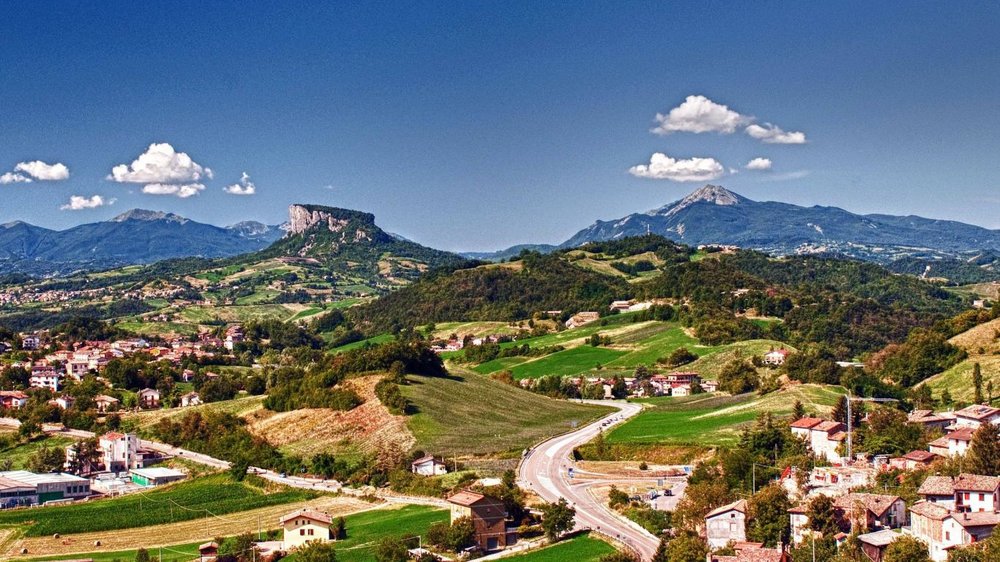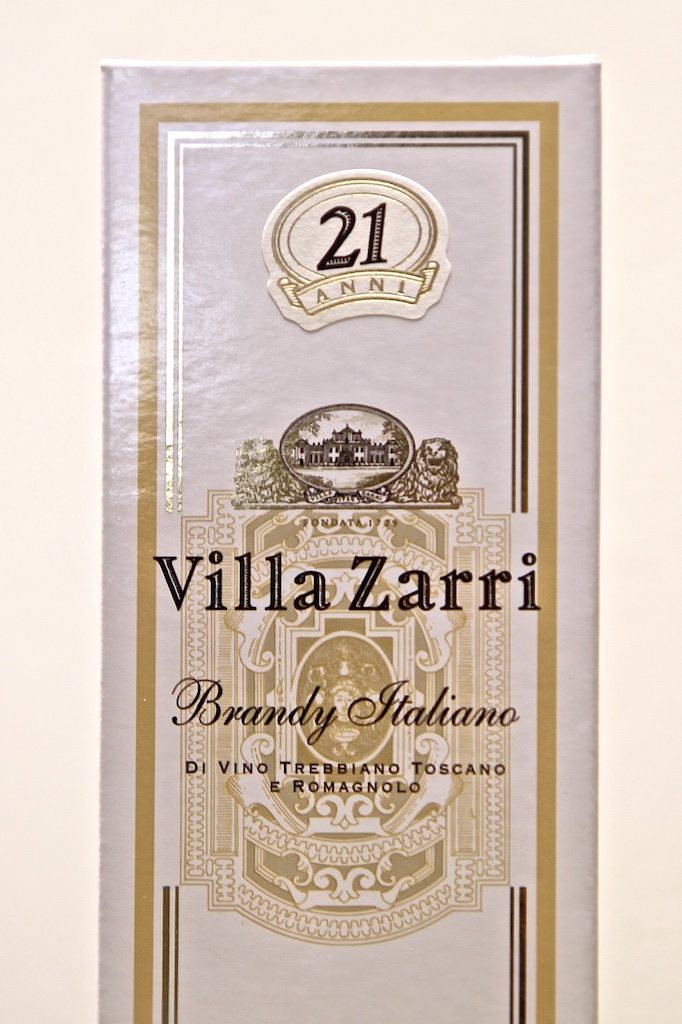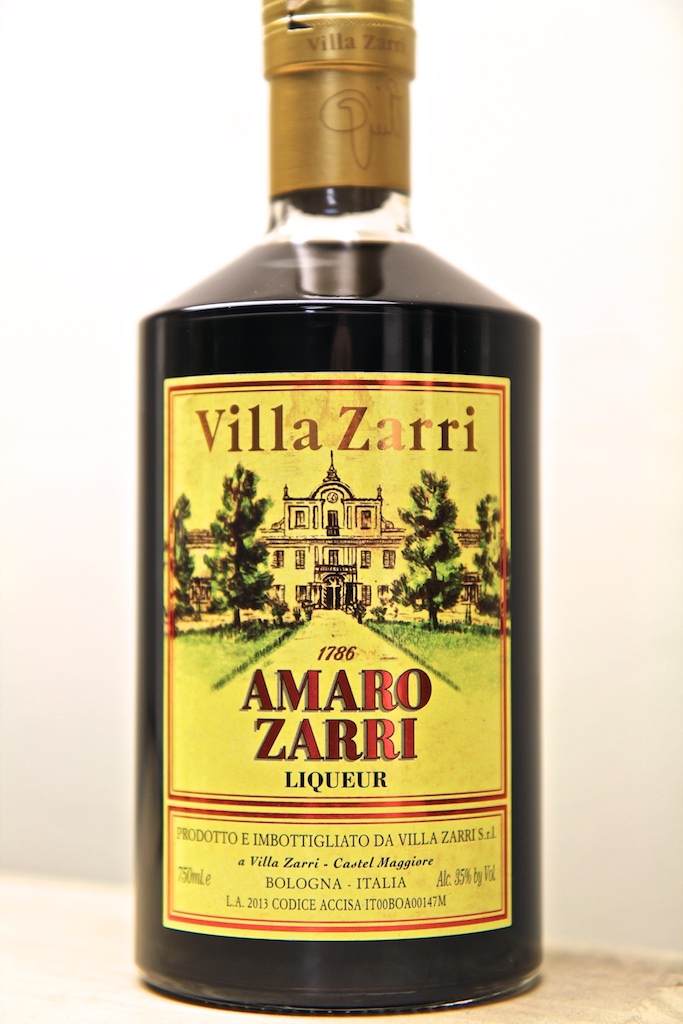The Undiscovered Country (No, Not Star Trek VI)

At least once a week I'll hear someone refer to mezcal or Mexican spirits in general as the next big category for booze development. A bartender in Paris asked me about that very subject a few weeks ago, as did a reporter from a reputable magazine during a recent interview I participated in, along with a few random vendors looking to peddle their wares in our store yesterday. "Mezcal is going to be the next big thing," they say. "It's where the market is headed." Is it? I'm not so sure. Despite the fact that I'll be heading to Oaxaca this weekend (yes, there will be live blog posts all next week) in the hopes of putting together a direct-import mezcal program for K&L, I am not one of the people who believes in this popular theory. I love tequila and mezcal with all my heart, as do I the land from which they originate. I drink tequila or mezcal almost every day. If it were up to me, I'd be living in Mexico right now eating huevos rancheros for breakfast and swimming on the beach all day long, with a bottle of madrecuixe by my side and case of Tecate. I'm as big of an advocate for the category as you'll find and I'm willing to devote all the faculties I have to helping consumers understand and appreciate the products. That being said, I do not think that expensive, esoteric, exotic-tasting, and unorganized agave distillates will ever move beyond a small niche category because everything about them is confusing and difficult to approach. I have no evidence in terms of sales that a boom is beginning, and I have yet to see a strong base of knowledgeable consumers begin rallying around mezcal with any sense of real connoisseurship as I have with both Scotch and Bourbon. I can write you an entire dissertation as to why, despite what I hear each week, the mezcal boom isn't coming, but we'll save that for another time.
The next big thing for the K&L spirits department is already here and it's only going to get bigger: Armagnac. I've covered that before, and we'll cover that subject again later this week when another shipment of K&L exclusive selections hits the dock in Oakland. The yet "undiscovered" future of spirits, however—as in stuff that already exists, but we just don't know about—will not come from France. Nor will it come from the U.S. (where everyone's just starting to make new stuff now). It won't come from Scotland, or Ireland, or Mexico, either. The next big thing in spirits (if such a thing exists) cannot be expensive; much of the reason for the Bourbon boom lies in its reasonable and affordable pricing. It can't be weird because that would mean a lag in appreciation time, so it has to be somewhat familiar. It also can't be something without any traditional sense of place or placement. People have to be able to understand why these producers are making it, and how the quality of what they're doing compares to other popular spirits. Italy, my friends, is a veritable gold mine of stuff like this. It's a boot-shaped cornucopia of tasty, diverse, incredibly-inexpensive, and traditionally-made spirits—from wine-based liqueurs, to bitter amari, to fruit distillates, and all the way up to top-notch brandies that rival some of the best expressions from Cognac. The variety of what's being produced from north to south is just mindblowing and I've begun sequestering more and more samples as time has gone by. I hear people talk about Italy's potential from time to time, but is the general public really aware of how much booze is just sitting between the Mediterranean and the Adriatic, waiting for someone to swoop it all up market it correctly? I don't think so. Sure, every month a few bartenders get fired up about a new amaro that adorns a local cocktail menu for a week or two, but I'm not talking about some Bay Area flash in the pan. I'm talking about serious booze that people will get into and purchase again, and again, and again because it's so damn good. I'm talking about something familiar, that isn't completely new, that can be compared and contrasted against other categories of the genre, and then celebrated for its quality and value.
Let me give you an example:

I'm not sure how many of you follow our Italian wine department here at K&L, but Greg St. Clair (the "Mayor of Montalcino" as he's known in Tuscany) has created the best retail collection of interesting and reasonably-priced Italian selections in the United States, bar none; and most of them are exclusive imports to K&L. He's been traveling to Italy for more than two decades, speaks the language fluently, and knows every producer in every state from top to bottom ("he'll blend in, disappear, with any luck he's got the grail already!") I'm only just now (for some reason) beginning to exploit some of his strongest relationships for the spirits department, and I'm flabbergasted about what's just lying there on the surface (imagine if we really dug deeper!). One of his many wine suppliers just recently introduced me to a producer who is going to be a huge new player for the spirits department: Villa Zarri—a distiller in Emilia Romagna with a stunning portfolio of traditional Italian spirits and impeccable aged brandies. The Cognac-style spirits are distilled on an alembic pot still by Guido Zarri from trebbiano (the Italian version of ugni blanc) and aged in French Limousin oak for at least ten years. They even have vintage releases, like the 1988 version from the photo above that clocks in at 21 years of age and will run you about $84. They are unadulterated, have no added caramel or sugar, and are bottled at 45% ABV with plenty of spice and gusto.
The great thing about these brandies is that they're:
1) delicious
2) ridiculously inexpensive for what they are, and
3) made in a style that's familiar and easy to understand for any lover of aged spirits
That's the trifecta for any new brand trying to make a splash on the market today (see West Cork Distillers as another example) and—because all of this is crystal clear to me—I've already secured everything I can from their entire portfolio for K&L. And this is just the tip of the Italian iceberg! Check it out:
Villa Zarri 10 Year Old Italian Brandy $52.99 - This is the Dudognon Reserve Cognac of Italy; a Cognac-style brandy with ten years of age, and nothing standing in the way of the pure, unadulterated flavor. It's a burst of soft stonefruit with just enough vanilla to balance it out from the Limousin oak maturation. It's basically a delicious and value-oriented version of top-notch Cognac, distilled with extreme precision and care by Guido Zarri.
1988 Villa Zarri 21 Year Old Italian Brandy $84.99 - Just a stunning deal in the modern world of high-end mature spirits. The 1988 vintage brandy from Guido Zarri is a burst of elegant fruit, rich oak, and full-bodied weight without the use of any coloring or sweetening agents like we see with many Cognacs. It tastes like a more fruit-forward version of the Dudognon Reserve Cognac, at a higher proof and with more panache. Considering the age and the provenance, the sub-$100 price point is almost too good to be true.

Besides value-priced brandies of stunning quality and extreme value, Guido Zarri is also distilling a number of traditional Italian liqueurs and digestivos. His Amaro Zarri is like a darker, stronger version of Amaro Nonino. It's not hard to see the thread being sown through his entire line-up of products. Each one you taste exhibits the same attention to detail and supreme grace as the one previous to it.
Villa Zarri Amaro $39.99 - Imagine the citrus and the soft spice of Nonino Amaro, but at a higher proof, with more bitterness, and more weight. This classic recipe from Guido Zarri's grandfather is a must-have for after dinner sipping. An instant contender for top amaro at K&L.
Villa Zarri Brandy alla Ciliegia $39.99 - A maceration of six year old brandy aged in small French oak barrels for six years with cherries from Castello di Serravalle; a small town known for having the best Vignola cherries in Italy. The result is everything you hope it will be: soft cherrie flavor, but without too much sweetness, with the quality of the brandy carrying spice and richness through to the finish. This would be a great way to end a long and decadent Italian meal.
Villa Zarri Nocino Liquore $36.99 - The husks of organically-grown walnuts in the Emilia Romagna region of Italy are gather and macerated with high-proof spirit for sixty days, then rested in stainless steel for one year to create the Villa Zarri Nocino liqueur. Black like midnight from the steeping, the pure walnut flavor is balanced by a subtle sweetness, making it the perfect pairing for a dessert course of simple cakes and cookies.
One of the stereotypes holding back Italian spirits is the grappa association. While I love grappa and grew up drinking it with my parents, the majority of the world does not. So when you're out at your local Italian restaurant, and you've had a glass of Prosecco to start, along with a bottle of Rosso di Montalcino for dinner, what do you sip on for dessert at the end of the night? Scotch, most likely. Or maybe a shot of Bourbon. Now, however, there are some serious brown options for finishing your Italian meal authentically and with style. The Villa Zarri products are simply superb and they represent just one of hundreds of small, boutique spirits producers across the Italian peninsula.
And, like I said, this is just the tip of the iceberg.
-David Driscoll
